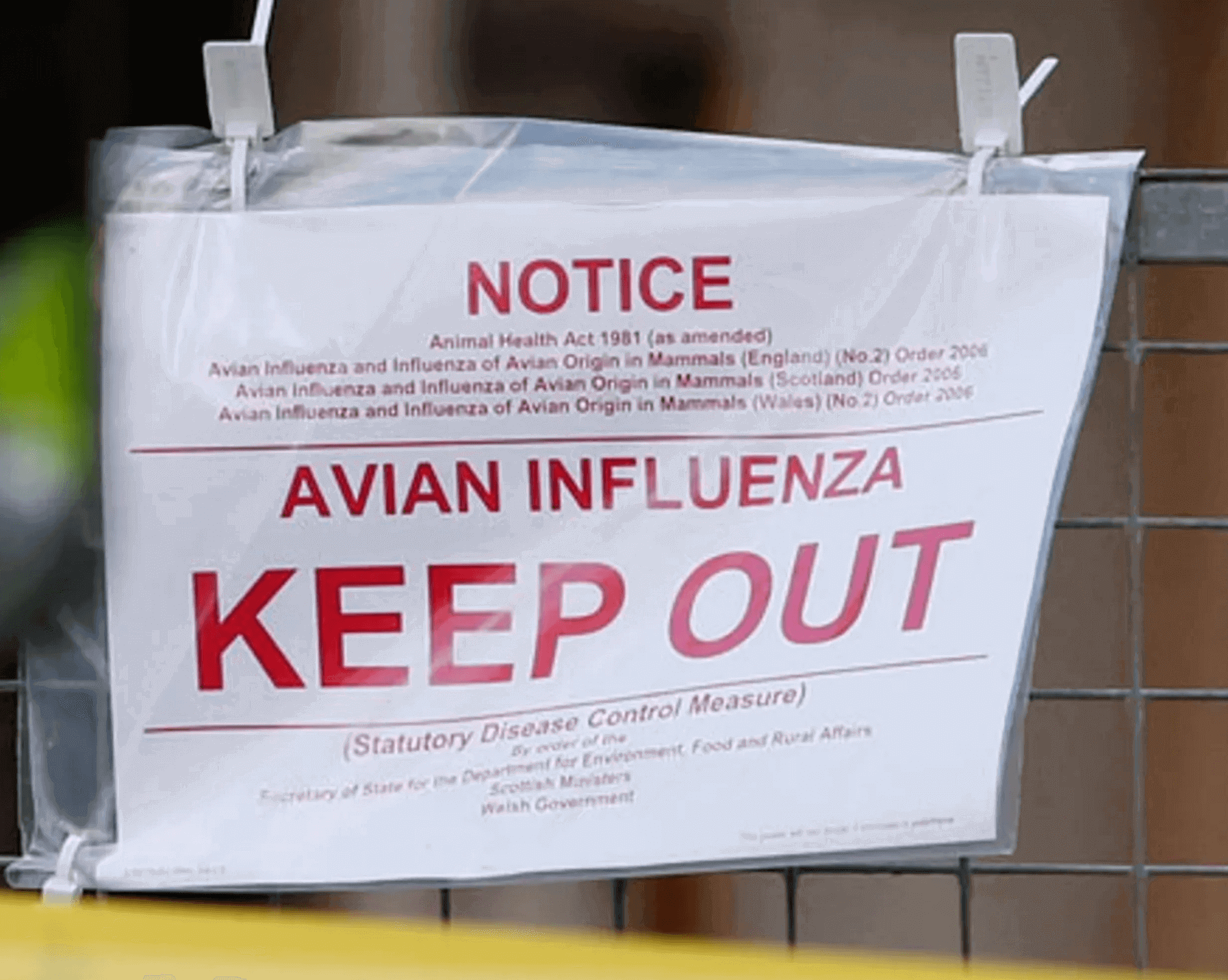As a poultry farmer, having a poultry quarantine space enables you to implement both passive and active biosecurity measure for your flock.
Similarly, as we had with COVID, a poultry quarantine space is a space for isolating sick birds until recovery. In addition, it holds new birds under health observation, before they are (re)introduced to the main flock or coop.
The Chicken Chick describes the unfortunate story where a farmer lost an entire flock due to lack of isolating new birds. FYI if you’re based in the UK and are a small scale poultry farmer, you need to be register with DEFRA to help combat Avian influenza.
What is a poultry quarantine space
A poultry quarantine space is a living space for housing diseased birds. Moreover, it also serves a holding and observatory for new birds before they are introduced to the coop.

Since a poultry quarantine space is a means of isolating certain birds from the rest, it ensures that isolated birds cannot come into contact with the main flock.
How long to quarantine chicken
There are at least two occasions when you need to quarantine chicken. Firstly, when they are sick and undergoing treatment. Secondly, when they are new and under health observation.
How long, can you quarantine chicken? Backyard Chickens suggests you should quarantine chicken for a minimum of 30 days. The Chicken Chick recommends 30 – 60 days. However, your certified poultry vet or flock supplier might suggest otherwise.
| Quarantine protocol | Time |
|---|---|
| Bare minimum | 21 days |
| Recommended | 30 days |
| Best | 30 – 60 days |
Quarantine time ensures that a disease has enough time to manifest itself, in case of new birds. On the other hand, when diseased birds are isolated, quarantine time ensures full recovery.
How to use a poultry quarantine space
You will need a poultry quarantining space to implement both active and passive biosecurity measures in your poultry farm.
As an active biosecurity measure, the quarantining space serves as a means of controlling and preventing disease outbreak. In other words, it provides isolation and housing for birds with disease symptoms. Furthermore, such birds are quarantined while they are under treatment and until they are fully recovered.
On the other hand, as a passive biosecurity measure, a poultry quarantining space enables you to proactively control and prevent disease. For instance, if you have acquired new birds, you will want to keep them in isolation before introducing them to your flock.
Isolating new birds gives you time to observe them, to ensure that they will not introduce disease. Since most poultry diseases are infectious, a quarantining space enables you to prevent and control disease.
However, the quarantining space requires thorough cleaning, and fumigation. After every bird isolation, you must thoroughly clean the quarantining space to get rid of disease carrying pathogens.
Importantly too, access to quarantine spaces must be controlled. That is, you must ensure disinfection and the use of PPEs when entering the space. Controlled access minimizes the introduction of disease from the outside and the carrying of disease from the inside.
Cleaning the quarantining space ensures that new birds held in the space are not exposed to other diseases. Lastly but not least, failure to keep a quarantining space clean would undermine the objective of having.

